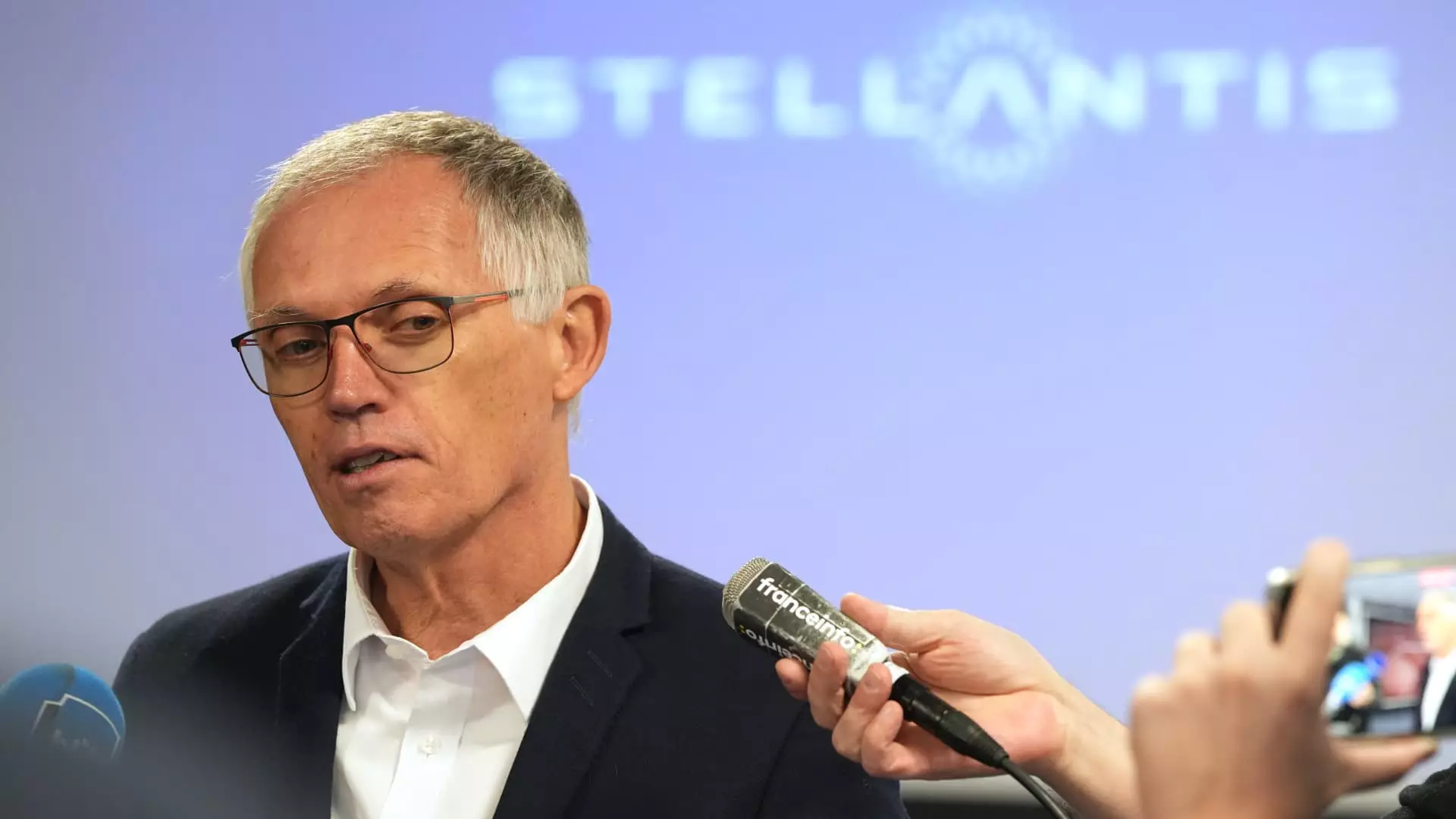In a surprising turn of events, Carlos Tavares, the CEO of Stellantis, has stepped down amid growing discord with the company’s board of directors. This development, announced on a Sunday, marks a significant upheaval for one of the world’s leading automobile manufacturers. Tavares’ resignation is effective immediately, and Stellantis has initiated the search for a new CEO, aiming to finalize the appointment in the first half of the coming year. Meanwhile, chairman John Elkann will lead the newly formed interim executive committee to steer the company during this transition phase.
The dispute between Tavares and the board highlights a shift in the company’s internally aligned vision, a key element in Stellantis’ previous successes. According to Henri de Castries, the senior independent director, diverging perspectives had become increasingly apparent, culminating in the decision to part ways with Tavares. The lack of public details surrounding the resignation raises questions about the underlying issues that contributed to this leadership change.
Carlos Tavares has long been hailed as a transformative figure in the automotive industry. Since the creation of Stellantis in 2021 from a merger between Fiat Chrysler Automobiles and PSA Groupe, Tavares has positioned the company as a significant player in the global market. His leadership style, shaped by his early career under the tutelage of Nissan’s former executive Carlos Ghosn, has been characterized by aggressive cost-cutting measures and strategic decision-making aimed at enhancing profitability.
However, recent financial results indicate a troubling trend. Stellantis has underperformed in critical markets, particularly in the United States, which is crucial for its financial health. The company faced declining sales figures, with a reported 20% drop in global vehicle sales year-over-year during the third quarter. These challenges prompted Stellantis to adjust its annual targets downward, signaling a necessity for new leadership to navigate a rapidly changing automotive landscape.
One of the most distinguishing features of Tavares’ tenure was his relentless pursuit of cost reductions, which he claimed amounted to approximately 8.4 billion euros ($9 billion) since the merger. While this approach has garnered praise for enhancing Stellantis’ profitability in certain respects, it has also drawn criticism from inside and outside the organization. Reports from various sources indicate that the aggressive cuts—around 15.5%, or 47,500 jobs—have resulted in a grueling working environment and led to operational challenges, particularly in the U.S. market.
The repercussions of such drastic measures became evident as the United Auto Workers union publicly campaigned for Tavares’ ousting. Union leaders pointed to increased layoffs and reduced production capabilities as direct consequences of Tavares’ cost-cutting philosophy. These tensions exemplify the struggles of balancing profitability with maintaining a motivated workforce and fulfilling industry demands.
Market Reactions and Future Directions
The implications of Tavares’ resignation extend beyond the internal dynamics of Stellantis; investor confidence has also taken a hit. In 2024, shares of Stellantis experienced a significant decline—down by nearly 43%—indicating investor apprehension about the company’s long-term strategy and financial performance. Moving forward, it is crucial that Stellantis finds a successor capable of addressing both the external challenges posed by competitors and the internal strife that has led to decreased morale and performance.
The incoming CEO will need to navigate a complex landscape that includes a changing consumer base, advancements in electric vehicle technology, and an ongoing shift towards sustainable practices within the automotive industry. Furthermore, rebuilding trust with labor unions, dealership networks, and investors will be pivotal in restoring Stellantis’ reputation and ensuring its longevity in the market.
As Stellantis prepares to embark on this new chapter in leadership, the question remains: what kind of vision and strategy will the incoming CEO bring to the table? The dissension that led to Tavares’ departure serves as a critical reminder of the importance of alignment among a company’s leadership, workforce, and stakeholders. The road ahead will be challenging, but with the right leadership, Stellantis has the potential to regain its standing as a formidable force in the automotive arena, leveraging its diverse brand portfolio to innovate and adapt in a rapidly changing environment.

